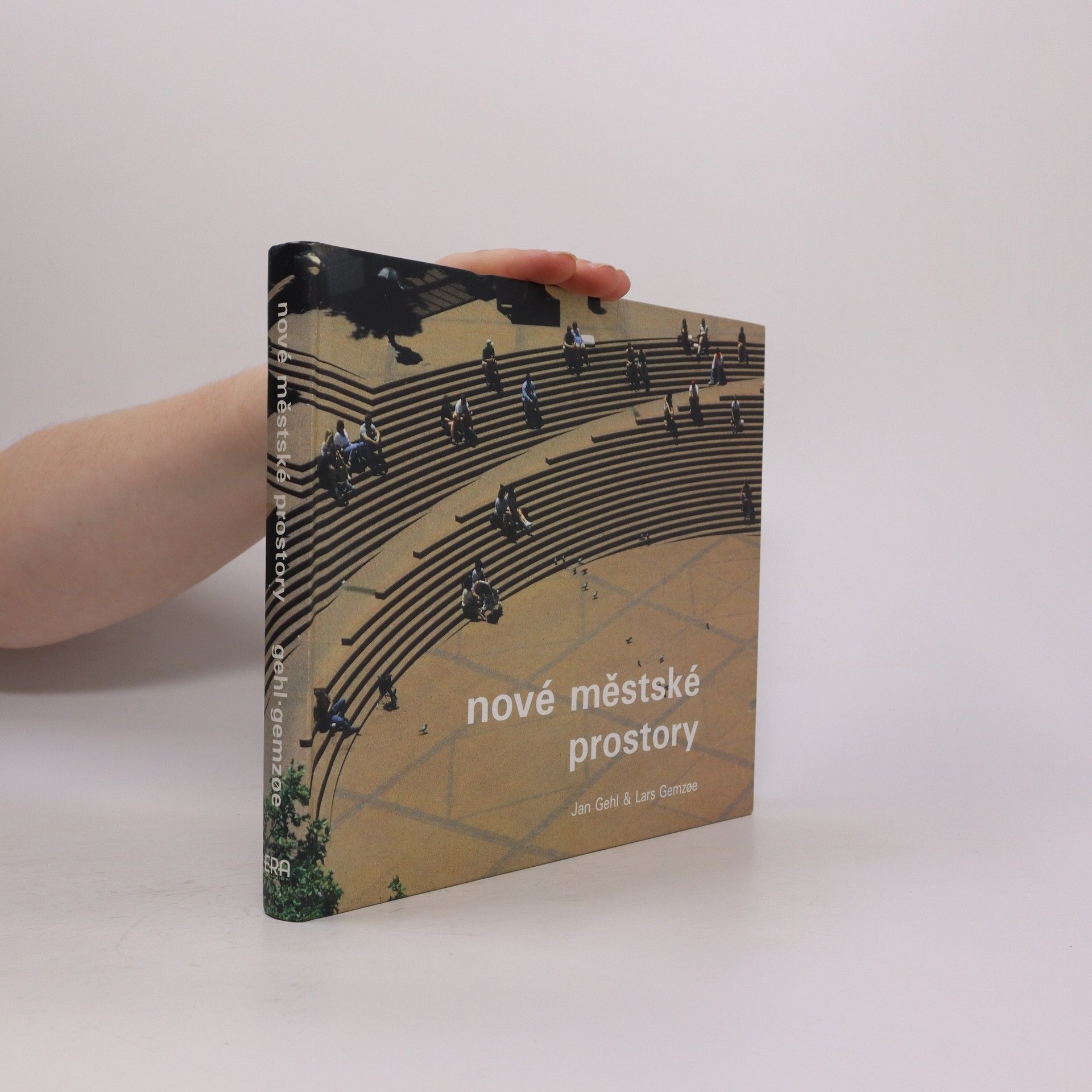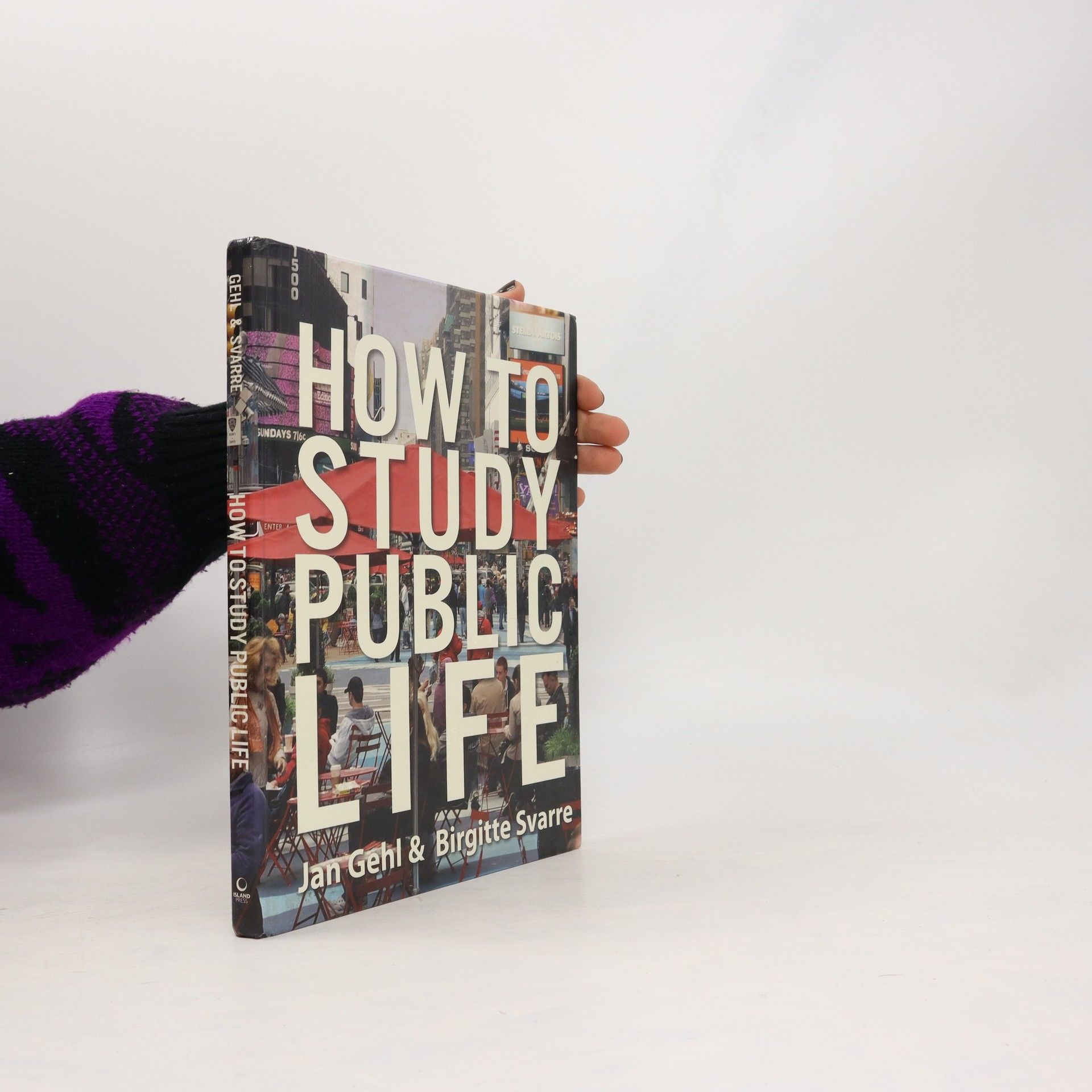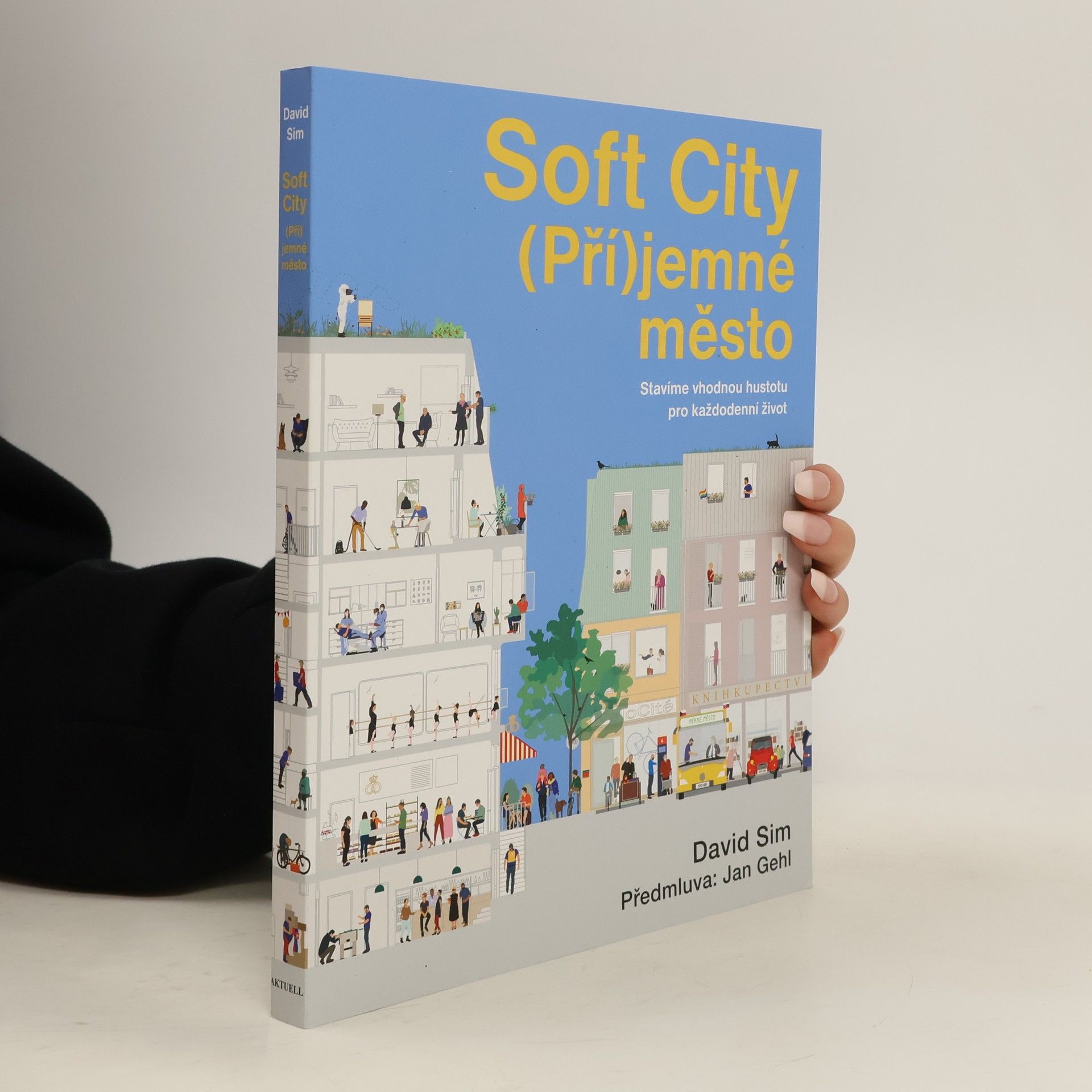Soft city. (Pří)jemné město pro každodenní život
- 234 pages
- 9 hours of reading
PŘEDSTAVTE SI MĚSTO, kde můžete spát při otevřeném okně a kde pochůznost, tedy možnost pěšího pohybu a pěší dostupnost, začíná přímo u dveří vašeho bytu. (Pří)jemné město znamená lehkost a pohodlí, hustota v něm má lidské rozměry, přizpůsobuje se našim neustále se měnícím potřebám, podporuje rozvoj našich vztahů a přizpůsobuje se radostem našeho každodenního života. Jak ale proměníme současnou realitu většiny našich měst – s oddělenými účely využití a dlouhým dojížděním ve vozech obsazených jen jednou osobou, které drancují lidské, environmentální i komunitní zdroje – a zavedeme v nich principy příjemného města? V knize Soft City David Sim ukazuje, že to je možné, když budeme hustě zastavěné prostředí navrhovat v lidském měřítku. Příjemné město ale musí nabízet víc, než jen zvyšovat hustotu. Uspořádání a rozvržení zastavěného prostředí je nutné volit s ohledem na plynulejší pohyb a komfort, na různorodost typů budov a na promyšlený design, který zabezpečí udržitelné městské prostředí i společnost. Kniha Soft City přináší nápady, návody a inspiraci pro každého, kdo se zajímá o výstavbu měst. Sim ukazuje, jak může být jakékoliv město efektivnější, příjemnější pro život a lépe propojené se životním prostředím.








